|
You may not know it, but stretching is a really big deal for runners. What's worse is that advice on stretching can get pretty confusing. There is a lot of conflicting advice out there regarding the timing, purpose, and value of stretching (not to mention stretching versus dynamic warmups/warmdowns). I will hold off on a look at those positions and the research on that topic for another week.
But here's my take on stretching: if you are going for a run at an easy (conversational) and reasonably consistent pace you absolutely must stretch after a run. Why?
Continue reading for a stretch routine I would highly recommend. This is a routine designed as a 15 minute yoga sequence. Following it in this order while taking note of the comments will help with both ease of remembering the sequence and greater safety while following it. Take extra time with the stretches you need the most, and ideally several deep breaths in each position means a minimum of 7-12 seconds.
Take deep breaths causing the belly to expand in each pose, and breath deep into where you feel the stretch. Never force yourself deeper into a stretch, simply allow each outbreath to relax and release you deeper into the stretch. Take note of the injuries each stretch helps prevent or heal (for persistent injuries go see a doctor).
Thanks goes to Yoga for Runners by Christine Felstead for some of the stretching tips. The Stretch Routine
Standing Side Bend
Start in the middle and bend to the right and left, making sure to take several deep steady breaths in each position. The straight up position stretches the back and shoulders while lengthening the spine. The side bends stretches the obliques and sides of the torso and spine. Injury prevention: side stitches, upper back and shoulder tightness/pain
Half Downward Dog
To get into this stretch, imagine someone is holding your hips bringing them away from the wall and up from the floor. Be sure to have a straight back and arms straight out in front with the ears in line with the upper arms. Keep your hands firmly pressed into the wall. Take several steady deep breaths here. Stretches the spinal muscles, shoulders, chest, hamstrings, calves. Rejuvenates the spinal discs, strengthens the arms and legs. Injury prevention: lower back pain, upper back or shoulder tightness or pain (see downward facing dog)
Calf Wall Stretch
Take several deep breaths on each side. Imagine a straight line from the back heel up the legs and spine to the head. Pro tip: shift your hips to each side to find where the stretch is needed the most! Injury prevention: shin splints, plantar fasciitis, achilles tendinitis
Achilles Stretch
Take several deep breaths on each side. Pro tip: shift your hips to each side to find where the stretch is needed the most! Injury prevention: Achilles tendinitis, plantar fasciitis, shin splints
Forward Lunge
Align the front knee over the ankle. Straighten the back leg and spine all the way through to the head. Several deep breaths for each side, and be sure to switch sides by lifting back into a downward dog for one breath. For an extra stretch, try bringing both hands farther out to the same side as the back leg and hold here for a few breaths as well. Stretches hip flexors, calves, Achilles tendon, inner thighs Injury prevention: knee pain, shin splints, achilles tendinitis, hip weakness, hamstring strain, groin strain or pull
Downward Facing Dog
From forward lunge, come into downward facing dog. To get into this stretch: actively press the hands into the floor while pressing the hips away from the hands and toward the ceiling. Relax the shoulders and upper back while extending the spine all the way through to the tailbone. In this stretch routine, downward facing dog is primarily a transitional stretch to help safely go from one stretch to the next and to create a smooth flow. Always take at least one deep breath while in this position. Stretches the spinal muscles, hamstrings, calves, Achilles tendon, arches, hands, shoulders, chest Injury prevention: all of them, I'm (mostly) not kidding here!
Upward Facing Dog Pose
From downward facing dog, flow into upward facing dog. Be sure to press the knees into the ground and feel the stretch along the front of your body and not your back. Take a moment to stretch each side by pressing the right and then the left side of the hip into the ground. Stretches hamstrings, gluteus maximus, pectineus, psoas major, adductor magnus, iliacus, spinal extensors, triceps, diaphragm, and infraspinatus. Injury prevention: hmm, couldn't tell you...but do it anyways!
Child's Pose
From Upward Facing Dog, flow backwards into Child's Pose. Start with the hands and knees with feet together and knees hip-distance or more apart. Several deep breaths here. Stretches the spinal muscles, especially in the lower back. From here, come up on your hands and knees before going into the next stretch. Injury prevention: lower back pain
Kneeling Quadriceps Stretch
From your hands and knees, bring one foot forward and lift the back foot up as shown above. Press the hips forward so the back knee is in front of the hips. Be sure to have your front ankle directly below your knee. Several deep breaths and don't forget to do both sides! Be sure to cushion your knee, and if you feel any discomfort do a different quads stretch, such as the classic standing position. Stretches the quads, iliopsoas, and opens the chest. Injury prevention: hamstring strain; IT band issues; prevents knee pain, but if you have knee pain currently you may wish to skip this stretch From here, drop your back foot gently to the ground and transition into a downward facing dog for one breath before continuing to the next stretch.
Pigeon Pose
From downward facing dog, bring one foot forward and come gently into Pigeon Pose. Start with first breath with your chest up before folding down with the outbreath to the above picture or with arms stretched completely in front of you. Square the hips and imagine a straight line from the back lack up the spine to the head. Transition from one side to the next by pressing the hands into the floor, pulling the navel in to lift the hips, and slide the front leg back into downward facing dog. Come into downward facing dog for one breath before continuing to the next stretch. Stretches the external rotators, such as the piriformis, and the glutes. Injury prevention: hip pain and strain, sciatica
Seated Forward Bend
When in this stretch, be sure to keep the back straight and bend forward from the hips without collapsing the back. Press the underside of the thigh and knee of the stretched out leg into the ground rather than tense the quadriceps to get deeper into this stretch. Take several deep breaths and be sure to do both sides. As with all stretches involving the hamstring, overstretching is a high risk that can be reduced by focusing on stretching the belly of the muscles to avoid straining the hamstring tendons. Stretches the calves, hamstrings, spine, diaphragm, obliques, and pelvic diaphragm. Injury prevention: hamstring strain
Seated Spinal Twist
Be sure to keep your spine straight in this pose. With each inhale, lengthen the spine, With each exhale, deepen the twist. Unwind yourself first to switch sides. Stretches and tones the muscles of the back, abdominal obliques, and improves flexibility of the spine. Injury prevention: lower back pain, shoulder pain, hip tightness
Seated Gluteal Stretch
Keep your spine straight. To get deeper into this stretch, you are bringing your chest closer to your knees. Great stretch for the glutes in particular. Don't forget to take several breaths here before continuing on. Injury prevention: hip pain or strain, groin pull or strain
Butterfly Stretch
Maintain a straight spine and open chest. Bring the soles of the feel together, heels towards the pelvis. Let the knees fall toward the floor. Opens the hips, stretches the external rotators, inner thighs, and groin. Injury prevention: groin pull or strain
Hero's Toes
What? Why this one, you ask? Because tight feet lead to tight calves lead to tight hamstrings lead to tight hips, tight lower back, tight shoulders, tight neck. Your body is one big connected thing, so yes...do this stretch! Keep the back straight. This pose is generally best done barefoot or with flexible shoes and with a pillow or other soft but firm object underneath the knees to protect the knees and get a better stretching angle on tight feet. I recommend holding this for 30-120 seconds. Stretches the soles of the feet, including the plantar fascia, mobilizes the toe joints, and improves circulation. Injury prevention: plantar fasciitis, flat feet, Achilles tendonitis And you're all done! So there you have it! Here is a complete stretch routine for the casual runner. I recommend printing this out and following it in order. After several runs in reasonably short succession, you'll likely have this all committed to memory. And as a reward for making for making it this far, I'll answer one question you may be asking: Should we stretch before we run? Nope! As long as you are doing an easy run with no faster paced sections, and you start off slowly enough to let your body warm up, then don't stretch before. Stretching and other warmups before running are recommended only if you are dealing with an unusual degree of tightness, or injuries, or are planning on doing a workout involving faster paces. Happy Running!
0 Comments
Leave a Reply. |
New to the Blog?
|
Proudly powered by Weebly

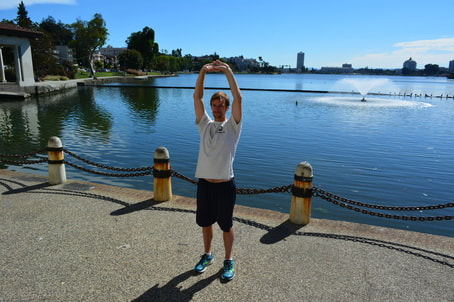
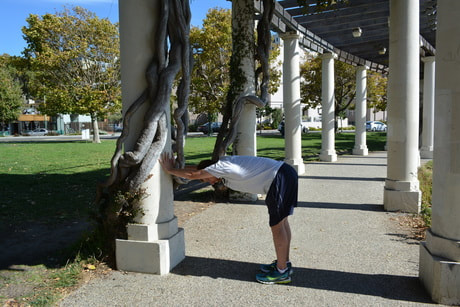
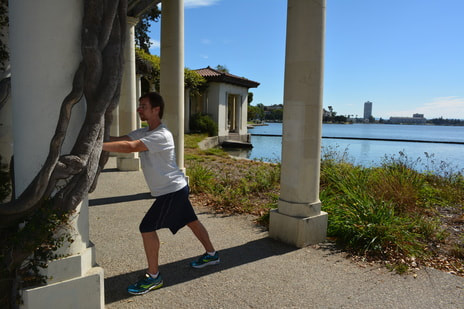
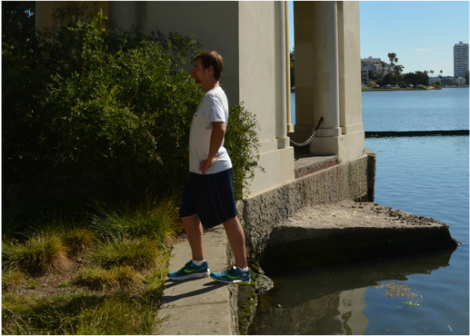
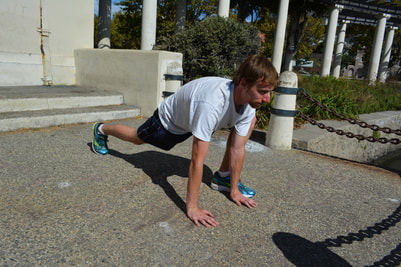
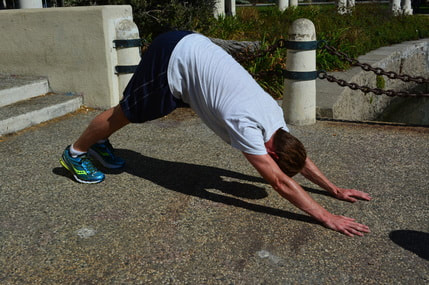
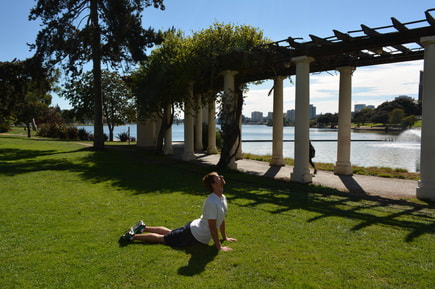
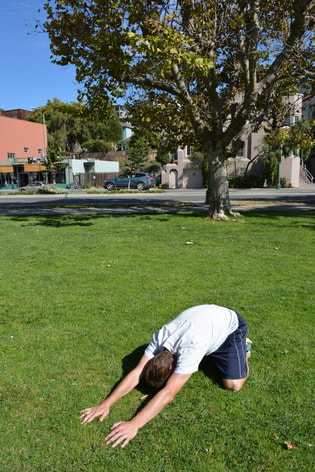
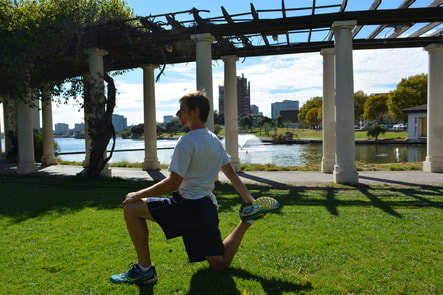
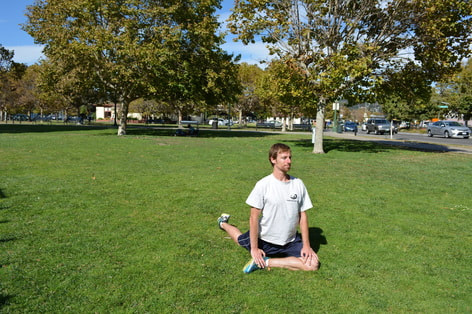
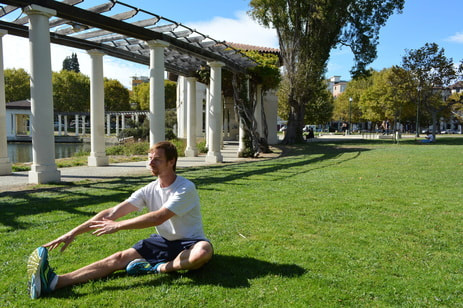

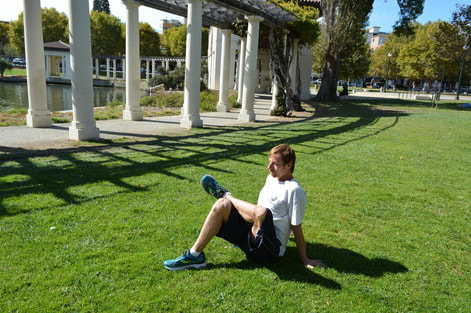
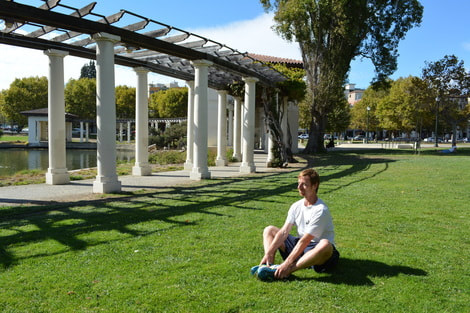
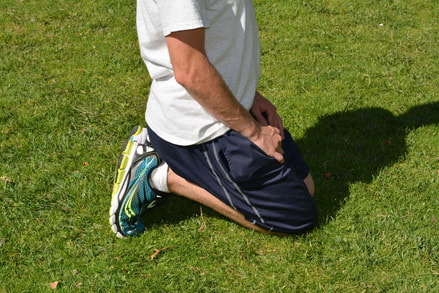
 RSS Feed
RSS Feed